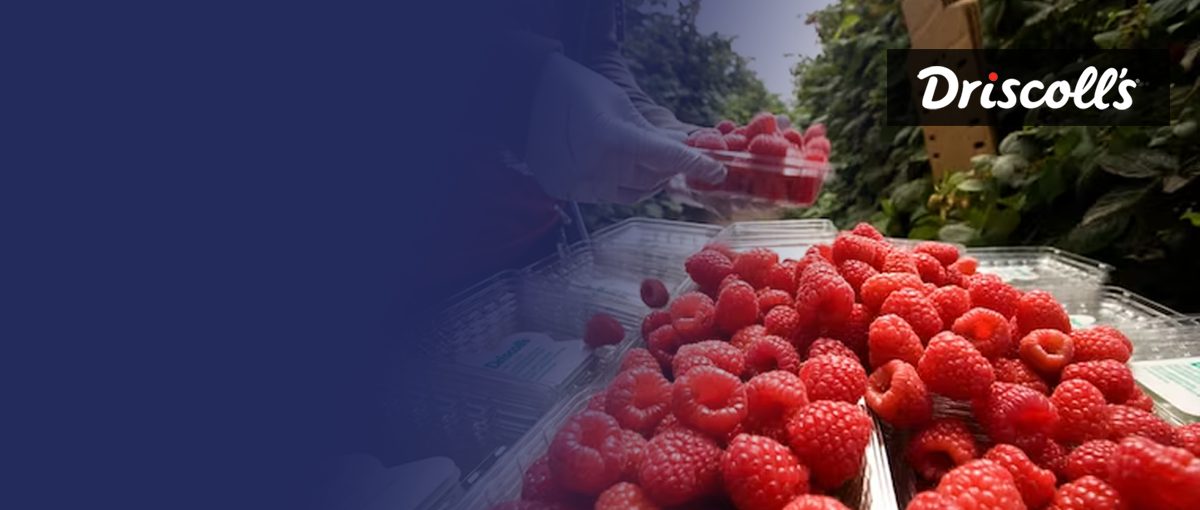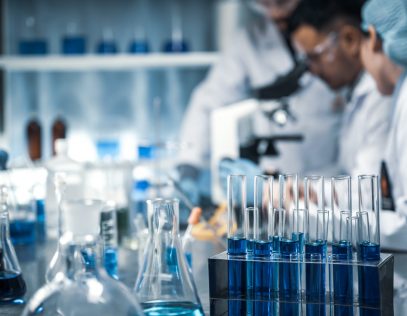Case Study: Driscoll’s Discovers $500K-$1 million in additional R&D tax credits with Exactera
Tax executives have often said that it’s easier for a company to innovate than it is to document that innovation. And Nicole Velichko, the domestic tax manager at Driscoll’s, knows exactly what they mean.
The Watsonville, California-based company is certainly no stranger to innovation. The famous berry breeders—you’ve likely seen their strawberries, blueberries, raspberries, and blackberries in grocery stores all over America—are constantly researching and developing new and better ways to cultivate plants. How can they prevent disease? Resist drought? Cross breed? Grow in different climates?
It’s hard, time-consuming, and important work for the chemists and biologists conducting the research—and it’s equally important for Velichko and her four-person tax team, as they’re responsible for documenting these processes and experiments in order to claim R&D tax credits.
“We pay a lot of tax, so those credits are huge for us,” says Velichko.
For years, the R&D tax credit claim process was challenging. The small tax department handled R&D tax credits manually, which meant driving to a separate location, for the course of two weeks, to interview teams of engineers, chemists, and biologists and collect the detailed information needed for the R&D tax credit claims.
“It was a super manual, extremely grilling process,” says Velichko.
It was also time-consuming. Neither the small tax department, nor the R&D team had time to dedicate to such in-depth interviews. “They’re researchers; they don’t know tax,” she says. “Every year, we had to reexplain examples. And there then was the follow-up because they didn’t have all the information we needed. They’d say, ‘let me get back to you,’ and then it’s 45 emails later and we finally get one piece of it.”
Demands on their time, however, wasn’t the biggest problem. With a staff of tax generalists—not R&D tax credit specialists— Velichko knew they weren’t claiming all the credits they could. “We knew that we were leaving money on the table, and we weren’t getting all the tax credit we could,” she says. “We just didn’t have the time to dig through it. We’ve always been tax generalists because we didn’t have time to be specialists. We needed more specialty people to help us with this because not only do we want to be able to defend our claims in an audit, but we also know we’re leaving money on the table, and we just don’t know where to look for it.”
A New Way of Doing Things
Velichko wanted a solution that would save time for both the tax and R&D teams, maximize Driscoll’s R&D tax credit opportunities, and put the tax team in a position to defend their claims, if the need arose. A software solution solved part of the problem, but she wanted to combine technology with a team of R&D tax credit advisors.
“We wanted a combination of both software and specialists. We wanted to be able to see the data and be able to make it easier for our biologists and chemists,” Velichko says.
Three years ago, they signed on with Exactera. “The software was extremely user-friendly. It just seemed very simple, very clean, and we really liked the team. We felt like, OK, these people actually know what they’re doing, and they have the credibility to be able to defend an audit if something were to happen.”
“Working with Exactera has been amazing,” says Velichko. She and her team are still part of the process, but they don’t have to manage the process. The software saves time and makes those informational interviews much easier on both the R&D side and the tax side—because there are none. The R&D team can go into the software and can add details about their products and what they’re working on, and they can update easily the following year.
Most importantly, though, they’ve increased the amount of credit they receive. “Exactera has gotten us between $500,000 and $1 million of additional tax credit.”
“Our R&D team loves working with Exactera. They send us emails and say, ‘look at the money we’re getting back.’ They can see the value they bring, says Velichko. “And given the increase in our credit, the cost of the software has more than paid for itself.”
Combining software with technology has resulted in better reports, time-savings, and more than an additional $500,000 return on Driscoll’s R&D investment—money that can be reinvested into finding even more ways to produce those delicious berries.
So, you might say, we all benefit.







